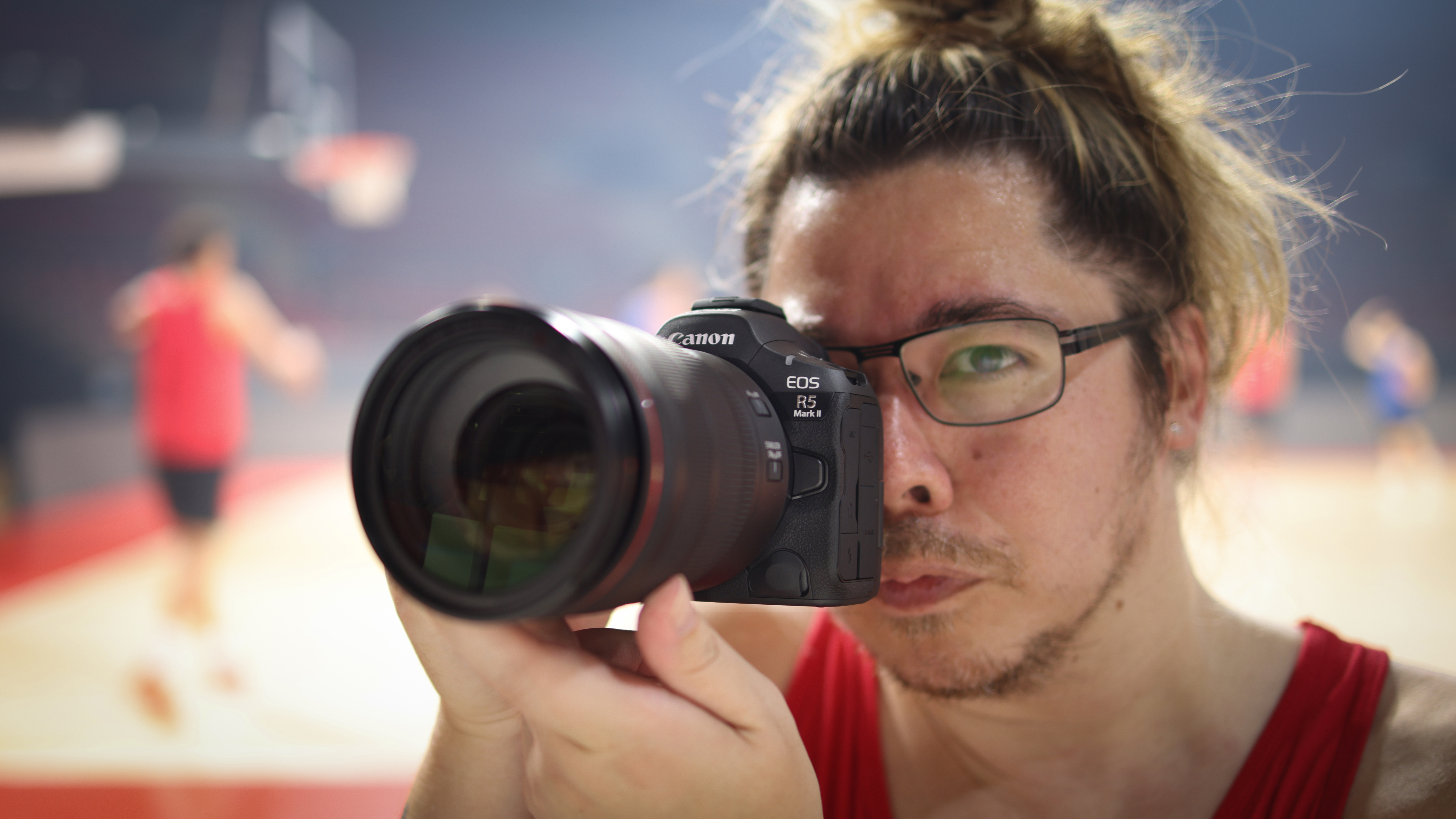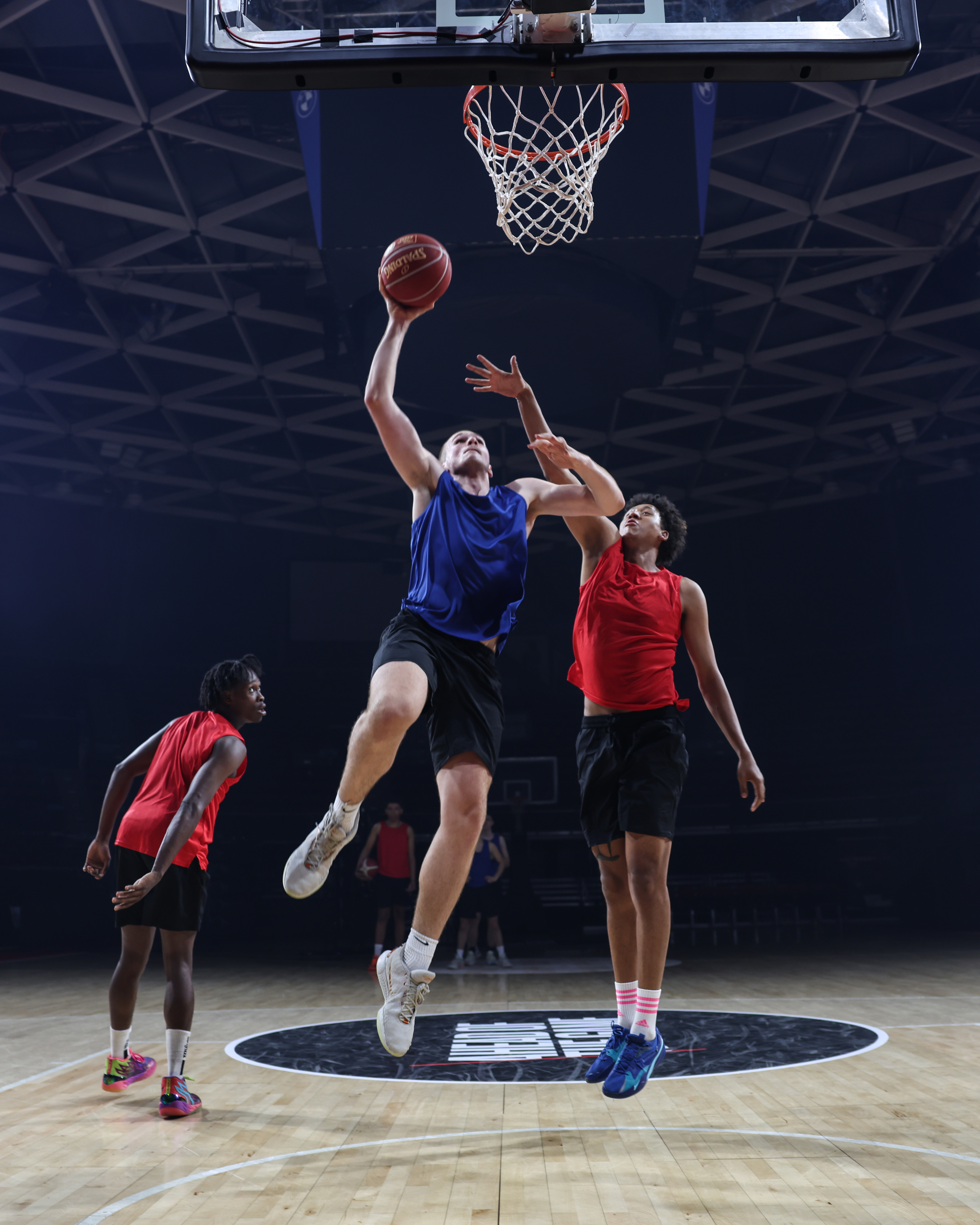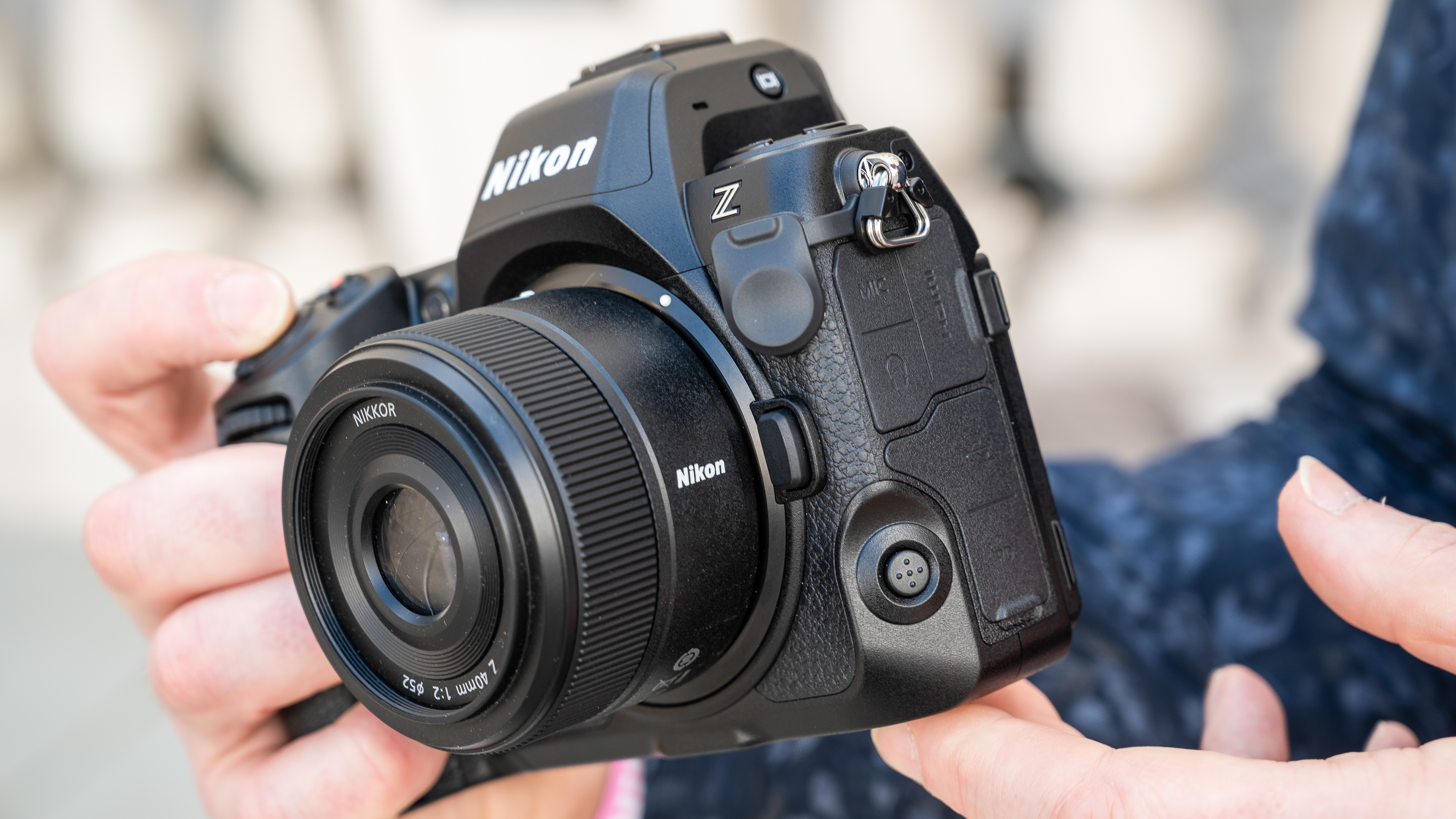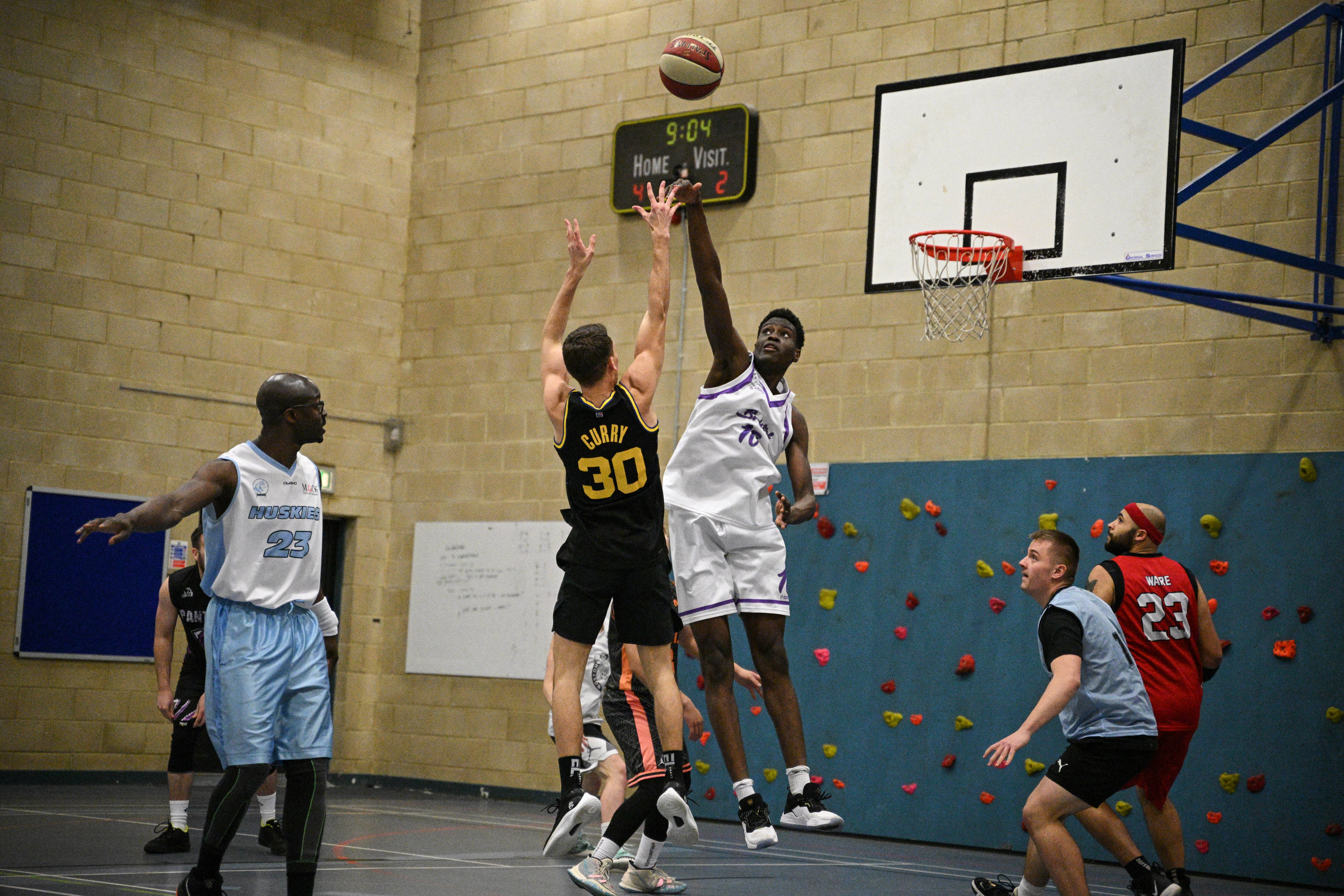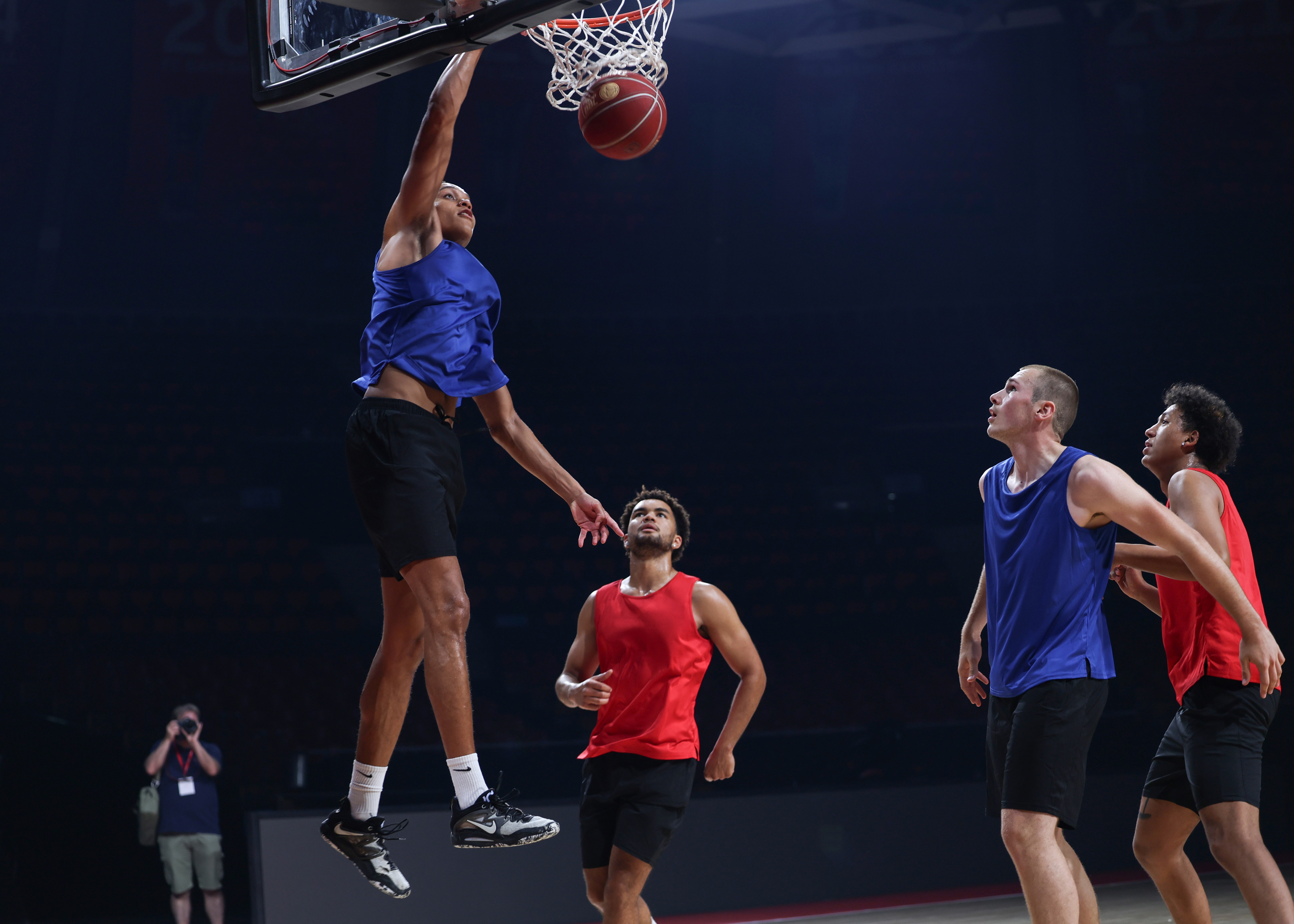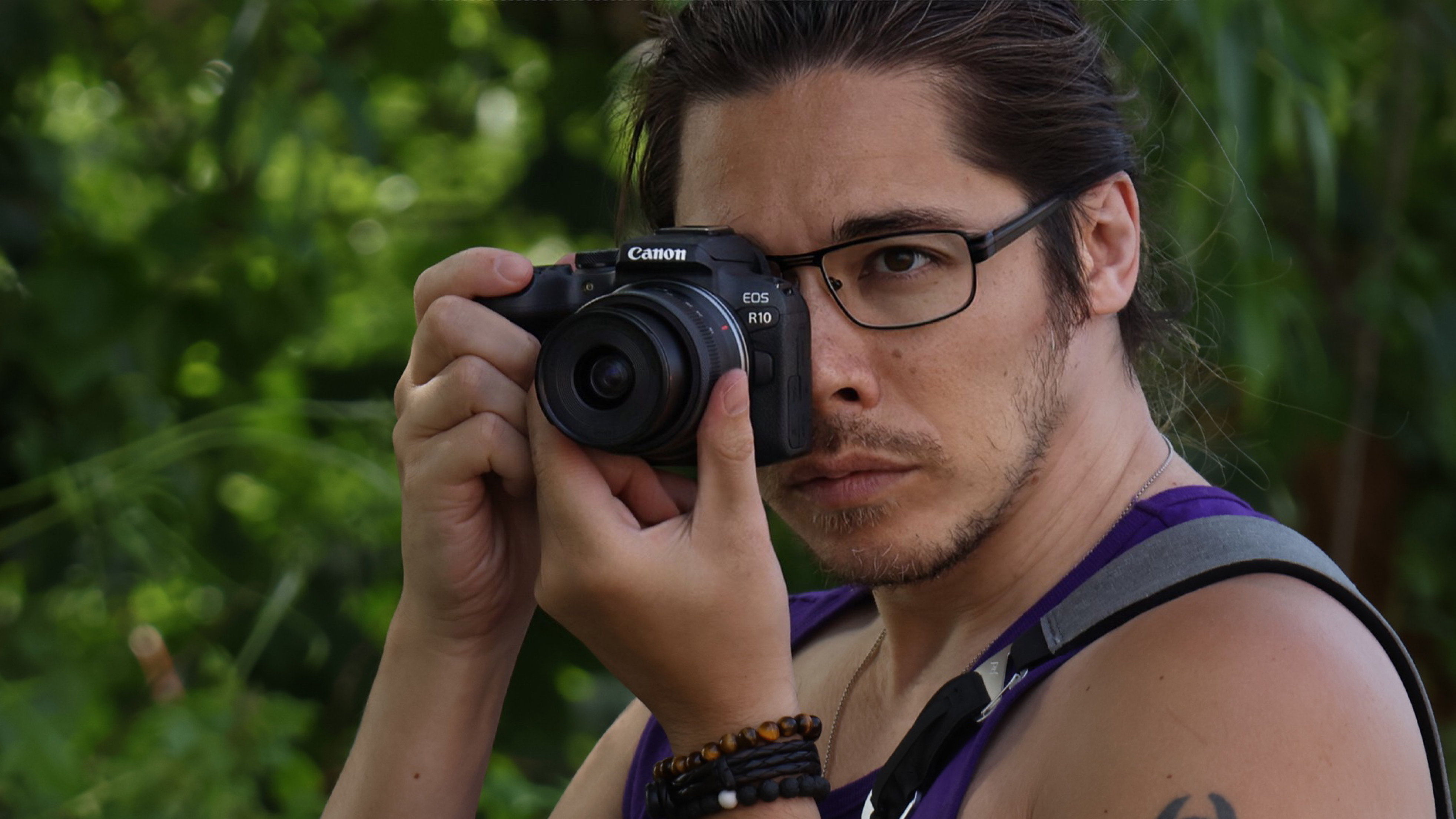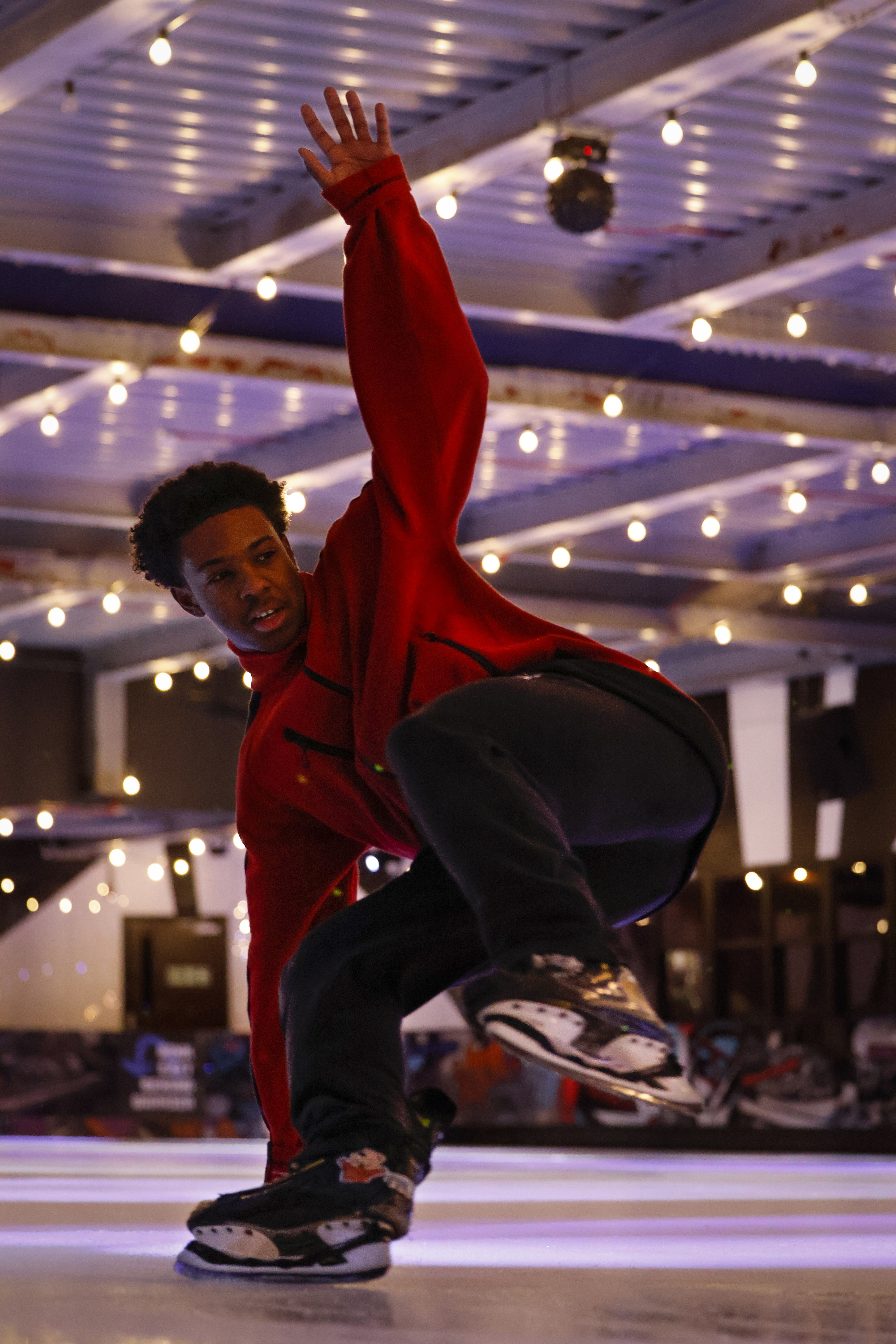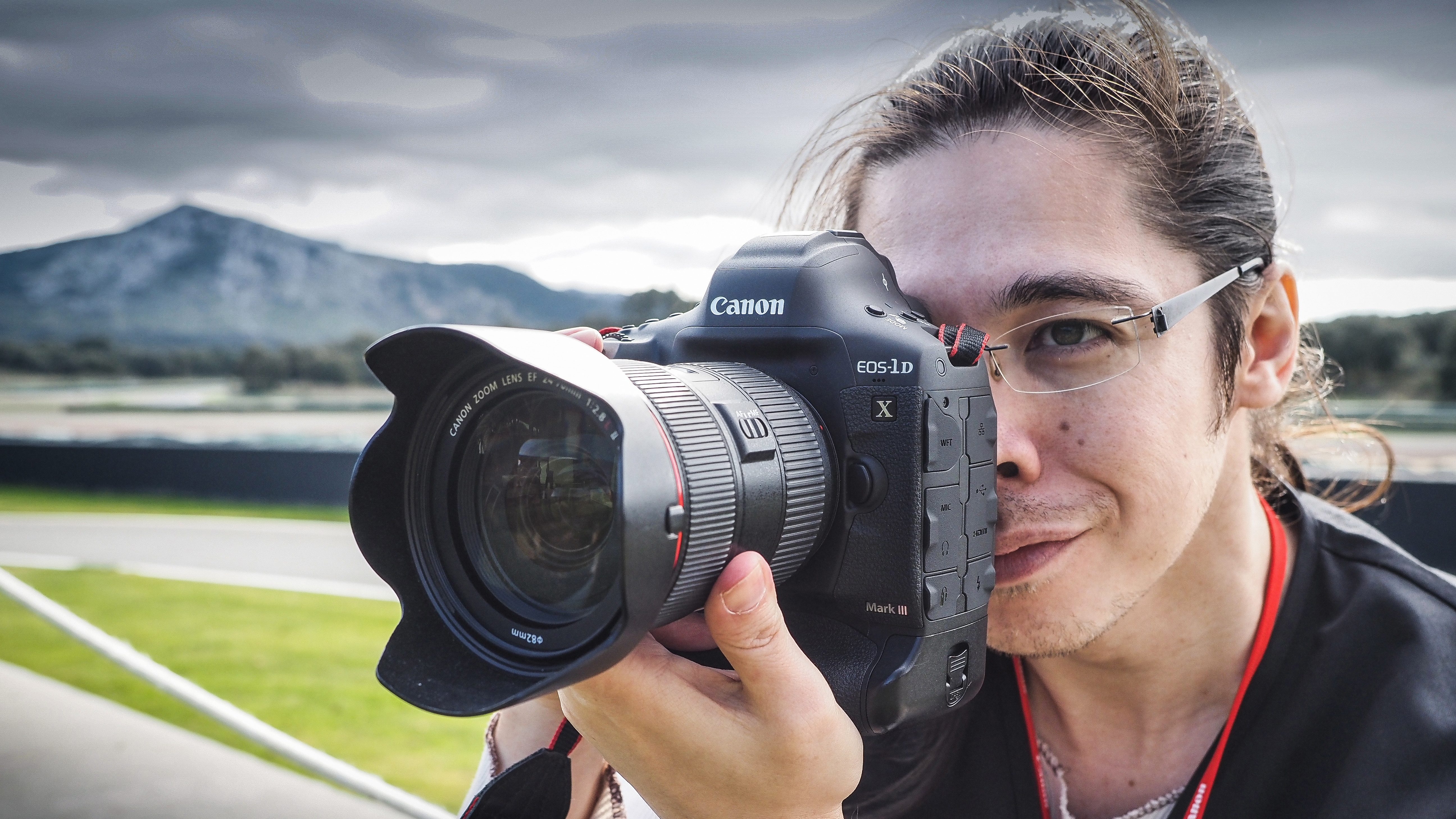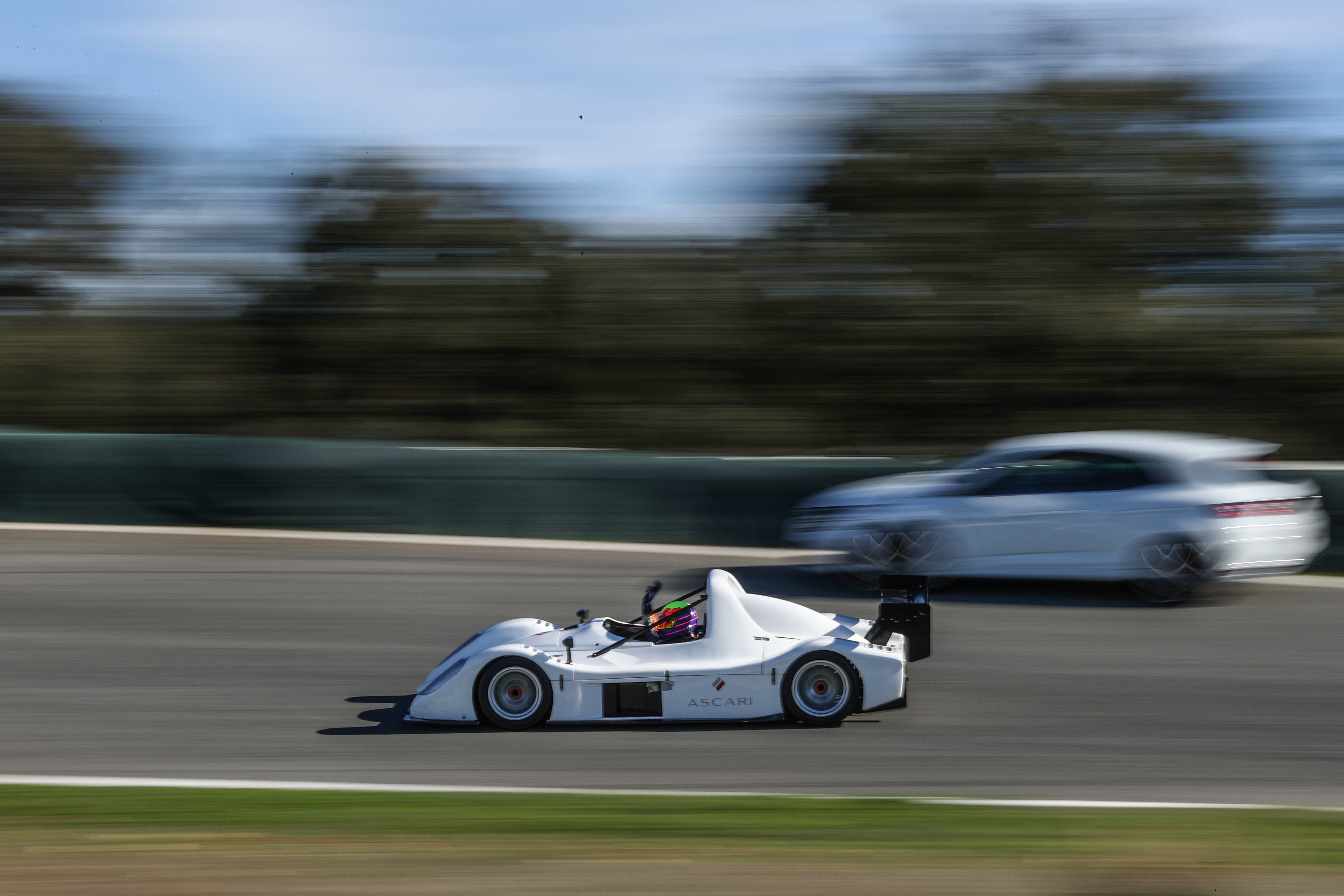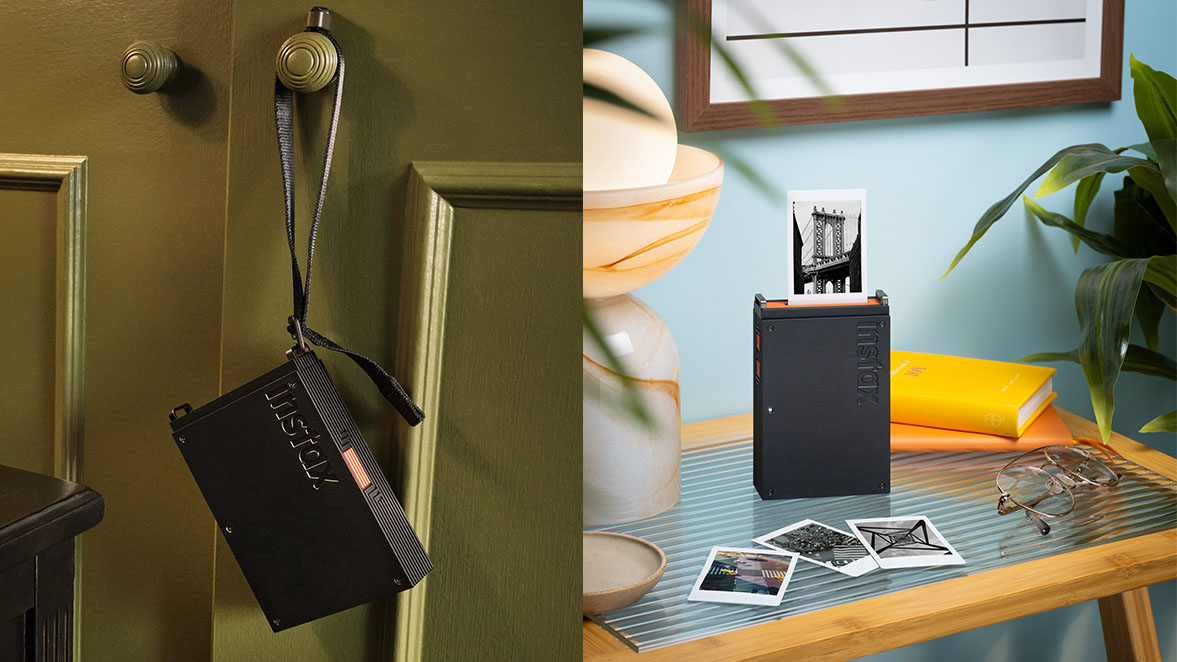Best camera for sports photography in 2025: get in on the action!
These are the best cameras for sports photography I've ever used, from ball sports to brawl sports
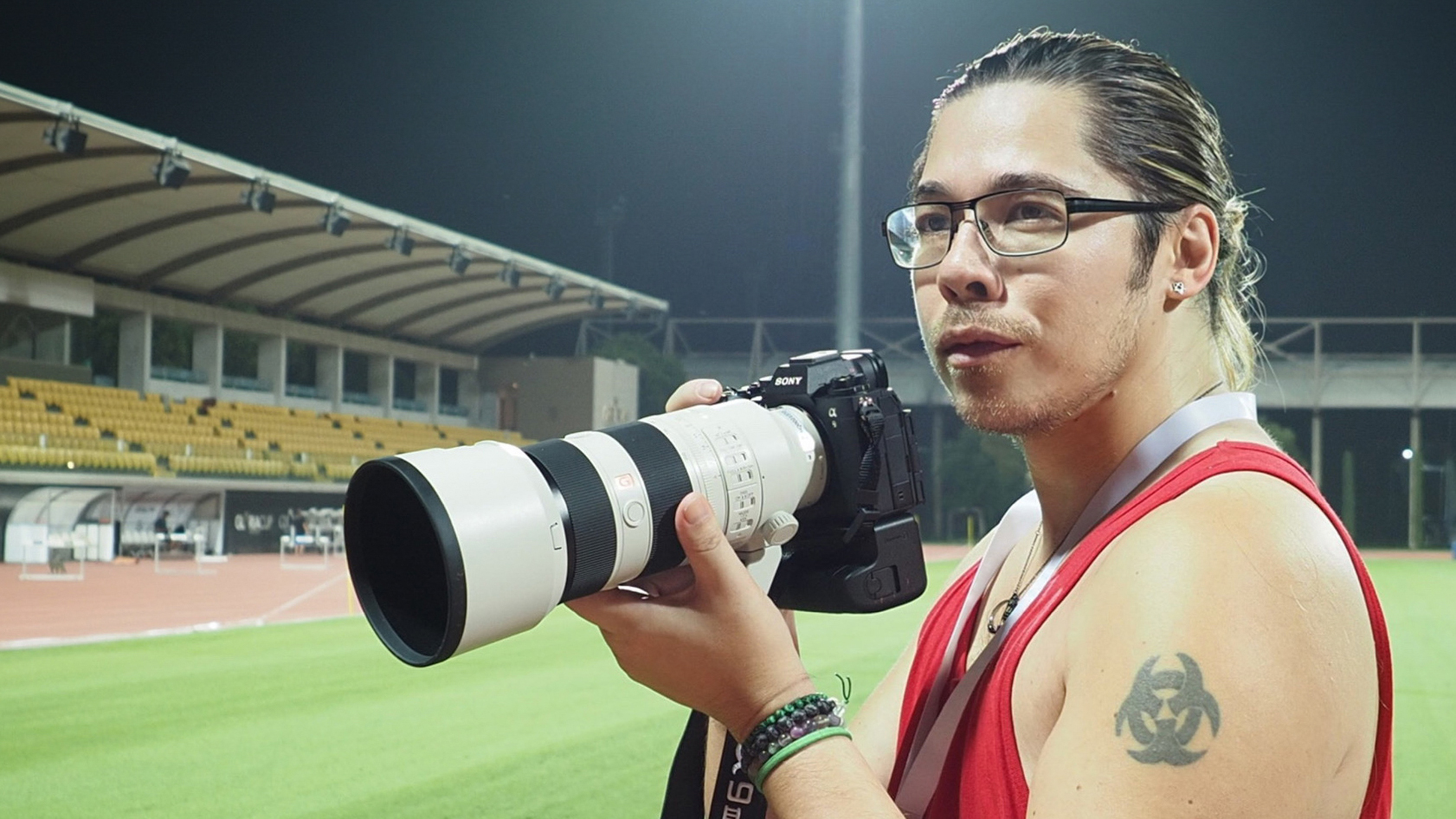
When it comes to the best sports cameras – just like the best athletes – speed is everything! After years of photographing all kinds of sports, from basketball and boxing to swimming and skateboarding, I’ve learned that fast burst shooting, quick autofocus and reliable memory are absolute essentials. When the action peaks, there’s no time for hesitation.
Because of these demands, the best cameras for sports photography tend to be pricey, packed with cutting-edge technology from each brand. If you’re making that kind of investment, you want the best performance possible. That’s why I’ve tested every pro-level sports camera to help you find the perfect one for your needs.
So, what’s the best option? For all-around performance, the Canon EOS R5 Mark II is tough to beat, with rock-solid autofocus, excellent stabilization, and AI-powered features – plus, it can shoot in stunning 8K. If speed is your top priority, the Sony A9 III takes the crown with its mind-blowing 120fps burst rate. And for video enthusiasts, the Nikon Z8 stands out with its impressive recording capabilities and versatile feature set. But to my mind, pipping them all to the post is the pro-oriented Canon EOS R1 flagship sports camera with its incredible eye autofocus and AI-powered subject tracking. However, you'll need an extremely generous budget…
No matter which you choose, every camera on this list is a winner. Based on my hands-on experience, here’s my roundup of the best sports cameras to help you capture every game-changing moment!
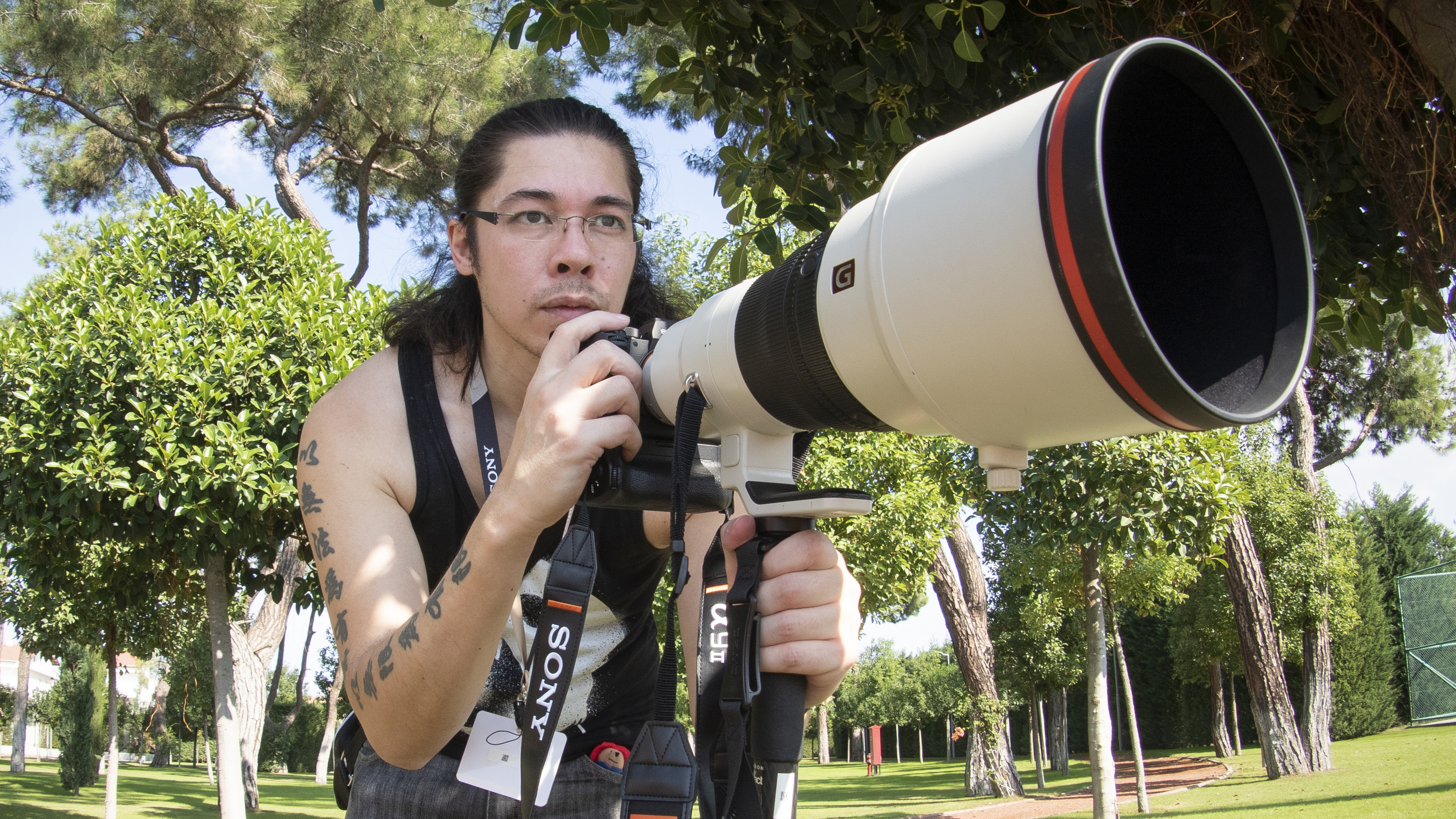
I've been photographing all kinds of sport since 2014, from motorsport to combat sports, from pickup games to the Olympic level. That covers ball sports like basketball and soccer to choreographed events like floor gymnastics and professional wrestling!
Quick List

The best all-round sports camera for my money, the R5 Mark II offers 45MP stills with in-camera upscaling to 180MP, along with 40fps bursts, 8K 60p video and the best AF system available.
Read more below

For sports videography, the Z8 offers all the power of its big brother in a smaller, more rig-friendly form factor. Get epic 8K, 4K and 1080p video with all the codecs you could ask for.
Read more below
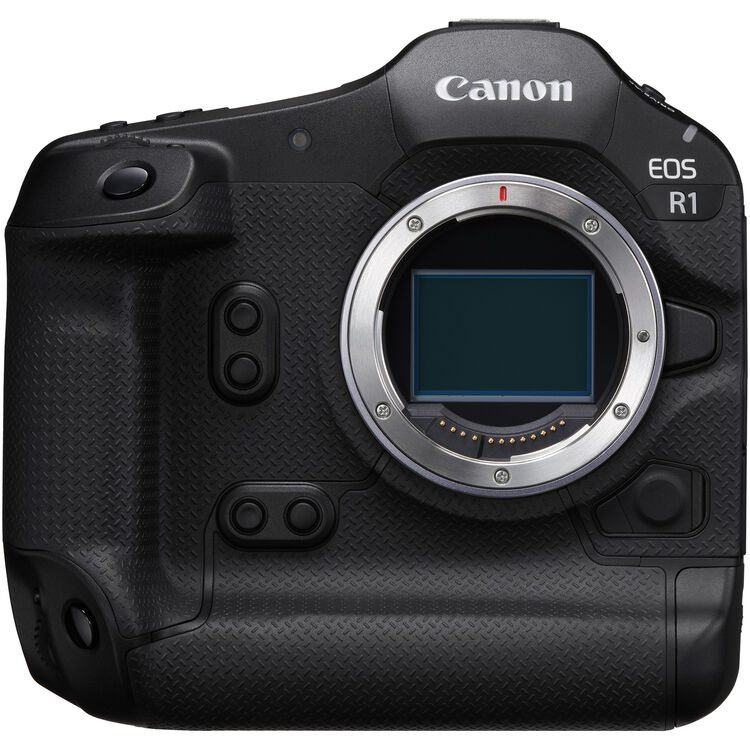
If you have aspirations of being a professional sports photographer, this top-of-the-line Canon is the very best that money can buy, but you'll need an awful lot of money to buy it.
Read more below
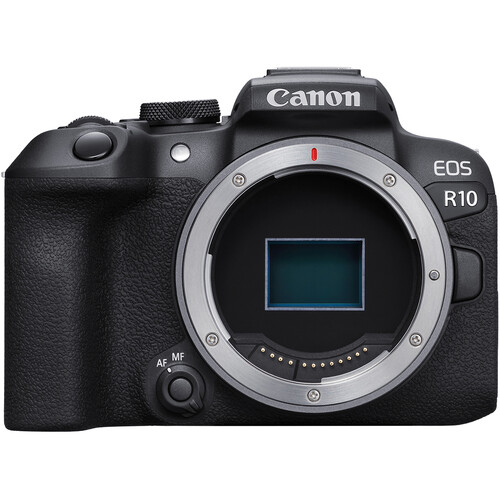
At under a grand in the US and UK, this is both the cheapest camera and the best for beginners. With 24.2MP stills at up to 23fps and 4K 60p video, it's amazing bang for your buck!
Read more below
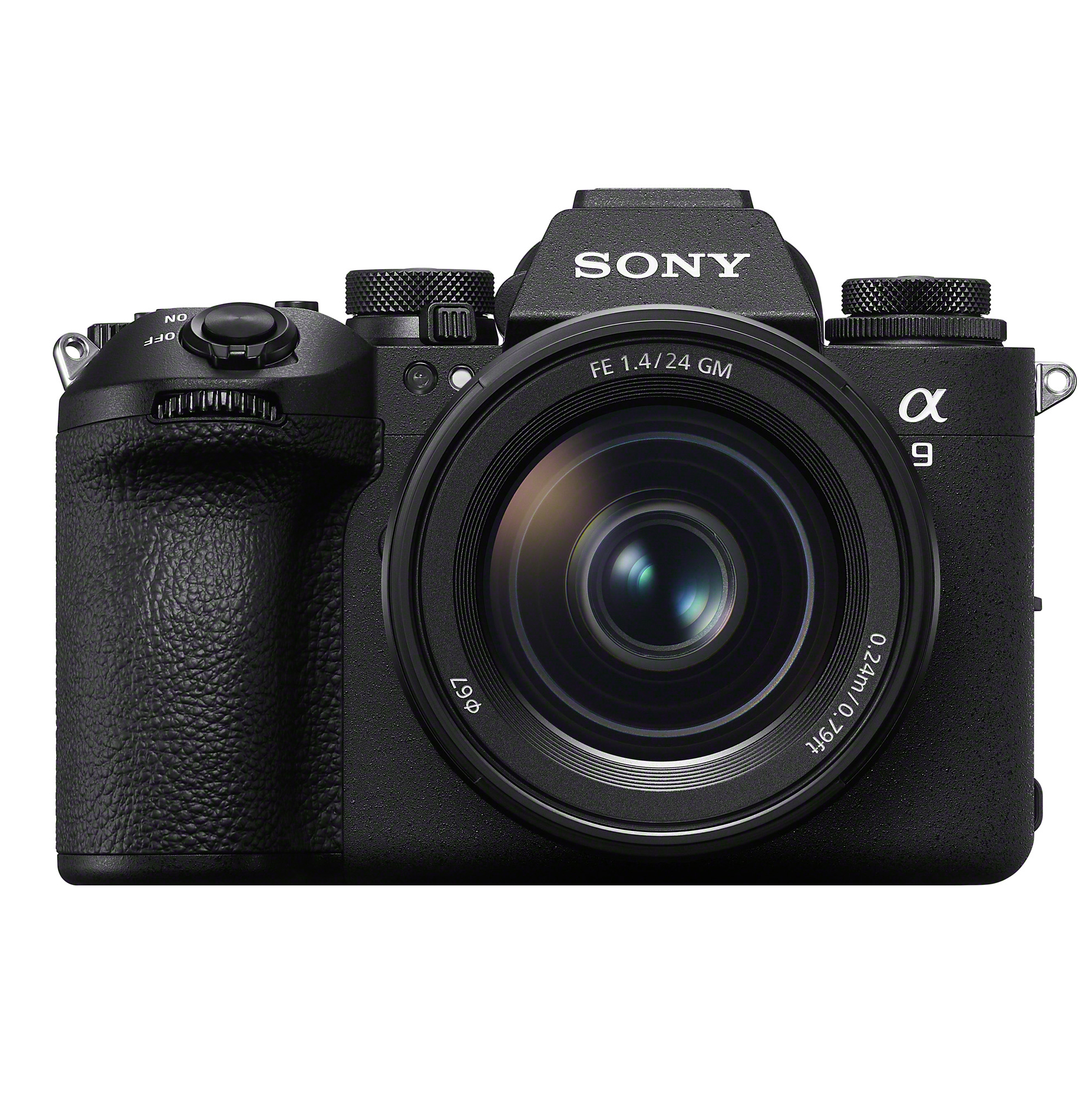
I've never used a camera like this before! Its global shutter sensor redefines the game, with unbelievable 120fps full-res shooting, flash sync at any speed, and AI-powered autofocus.
Read more below
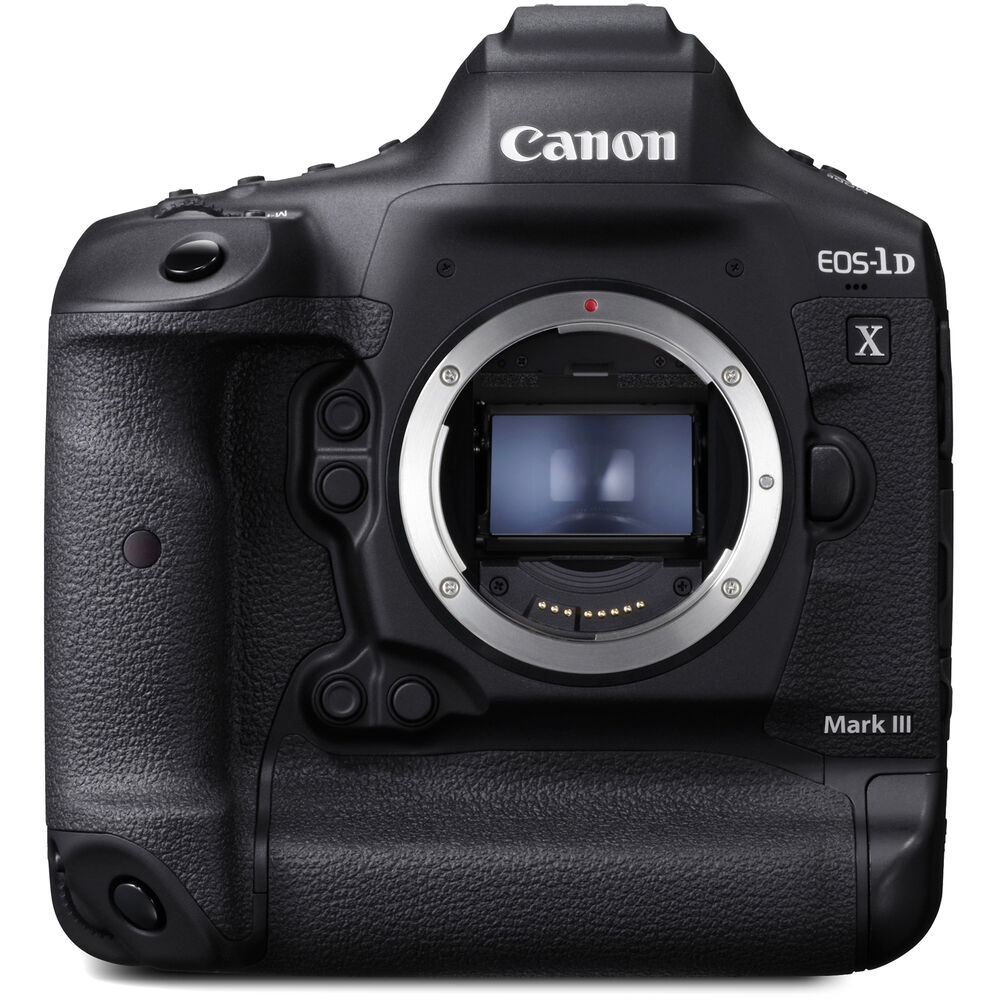
Want a DSLR? The 1D X Mark III is still a heck of a camera in my book, with its incredible AF system, rapid-fire bursts, optical finder – and battery life that makes mincement of mirrorless!
Read more below
The best cameras for sports photography
Why you can trust Digital Camera World
Best camera for sports photography overall
Specifications
Reasons to buy
Reasons to avoid
✅ You want the best AF: Canon's Dual Pixel Intelligent Autofocus is simply the best I've ever used, bar none.
✅ You want the best stabilization: At up to 8.5 stops, the image stabilization on the R5 Mark II is just unreal.
❌ You want pure video: It's a 4K and 8K monster, but it needs an extra cooling grip to achieve longer record times.
❌ You want the best lens selection: There are no full-frame third-party autofocus lenses for the RF mount.
🔎 Canon EOS R5 Mark II The A9 III is faster, and the Z8 records video for longer, but the R5 Mark II simply does everything better.
This is the single most advanced camera on the market right now, packed with so many features that it's almost ridiculous!
It captures 45MP stills, but it can upscale them to 180MP in-camera with zero loss of quality. It shoots 8K 60p raw video, can fires continuous bursts of 40fps (raw and JPEG), boasts Eye Control AF (which enables you to move focus points simply by looking at your subject) and has the most incredible autofocus system.
Using Canon's latest, AI-powered Dual Pixel Intelligent AF system, not only can it detect and track subjects, but thanks to the new Action Priority mode it can recognize and predict movement – such as a spike in volleyball or an alley oop in basketball – so that it always knows which player to focus on. (This is currently limited to basketball, soccer and volleyball, though more sports may be added in with firmware.)
With Face Priority AF, you can also program up to ten faces in order of importance – so again, the camera will know to keep the star player in focus rather than jumping to a bench warmer just because his face might be a bit clearer.
There's also Canon's best-in-class in-body image stabilization to consider. This is good for up to 8.5 stops (in the center; Canon is the first brand to disclose its efficacy in the corners, where it's rated at 7.5 stops) and it makes such a huge difference when you're using the big pro lenses.
While it doesn't have the Sony's top speed, truth be told 40fps is absolutely more than enough (I never shoot above 20fps). But if video is key for your shooting, the Z8 offers longer native shooting times (though the R5 Mark II can achieve extended shooting with an optional cooling fan grip). The Canon EOS R1 offers even better autofocus performance at the expense of resolution.
Honestly, though, everything else that this camera offers just blows its rivals out of the water. The autofocus system alone transforms the way that the biggest ball sports are shot, and the Neural Network Image Processing doesn't just quadruple the resolution of your images – it can also denoise them by two stops, cleaning up high-ISO) shots or adding crispness for even slight sensitivity boosts.
Read my Canon EOS R5 Mark II review
Lab results | Score | Rating |
|---|---|---|
Resolution (ISO 200) | 38/60 | ★★★★ |
Dynamic range (ISO 200) | 12 EV | ★★★★ |
Noise (ISO 200) | 39 decibels | ★★★★ |
Best camera for sports videography
Specifications
Reasons to buy
Reasons to avoid
✅ You want to be future-proof: With video capture up to 8K 60p, in all the high-end codecs, you're good to go!
✅ You want value: Thousands cheaper than its rivals, the Z8 offers truly incredible value for money.
❌ You need a versatile screen: The four-way tilt screen is okay, but full articulation is preferable for video.
❌ You want full memory card flexiblity: With one SD and one CFexpress, capture is limited by the card you use.
🔎 Nikon Z8 Essentially a Z9, but in a smaller more manageable form factor. Its video capabilities are simply unmatched in this category. ★★★★★
Am I cheating by choosing the Nikon Z8 for sports videography? I don't think so.
While it's almost identical to the Z9, its biggest difference – the conventional mirrorless camera form factor – is a crucial one, as its big brother is more of a big bother for handheld or gimbal-based video shooting.
With the Z8, you get all the same video horsepower in a more rig-friendly body. That means up to 8K 60p and 4K 120p internally, in 12-bit raw and 4:2:2 ProRes RAW HQ. It also means 8- or 10-bit H.265 and Apple ProRes RAW.
Due to the Z9's larger design and better heat dispersion it does have slightly longer recording times, but the Z8 still delivers around 120 minutes of 4K 60p or 90 minutes of 8K 30p – both of which are still very impressive.
The only other downside, common to the Z9, is the lack of fully articulating screen – something that I really, really prefer for video (and for stills, too, for that matter).
However, the double-axis swing system does enable you to adjust the screen more than a regular tilt-only affair, and given all the Z8's other upsides I can forgive this relatively minor irritation.
Read my full Nikon Z8 review
Lab results | Score | Rating |
|---|---|---|
Resolution (ISO 200) | 38/60 | ★★★★ |
Dynamic range (ISO 200) | 13 EV | ★★★★ |
Noise (ISO 200) | 40 decibels | ★★★★★ |
Best flagship camera for sports
Specifications
Reasons to buy
Reasons to avoid
✅ You want the best of the best: Canon's flagship camera is second-to-none when it comes to shooting sports.
✅ You want to eye control AF: This camera can automatically focus on whatever you're looking at!
❌ You're on a tight budget: A flagship camera comes at a flagship price, and you'll need deep pockets if you want one of these.
❌ You want to shoot super-high-res: The 24.2MP sensor isn't as high-res as cameras like the Nikon Z8. and it tops out at 6K video rather than 8K.
🔎 Canon EOS R1 This is simply the best camera for sports there is, but its steep price tag puts it out of the reach of all but the most dedicated pros. ★★★★★
If money truly is no object, then the Canon EOS R1 is the king of sports cameras and sets a new standard for professional performance. Its power comes from a 24.2MP full-frame stacked CMOS sensor and revolutionary AI-driven features that solve the classic dilemma of needing both speed and resolution. While there are higher-resolution sensors available, in-camera upscaling uses deep learning to transform standard 24.2MP JPEG/HEIF images into pixel-packed 96MP files immediately, effectively giving the camera a medium-format level of resolution. This is complemented by an AI-powered High ISO Noise Reduction that cleans up images by two stops.
The autofocus system features Dual Pixel Intelligent AF driven by a new Digic Accelerator processor. This allows AF and tracking computations at up to 60fps. The camera's intelligence shines in two key modes: Action Priority mode, which uses deep learning to recognize and predict the movement of balls and players in sports like basketball and soccer; and Registered People Priority, which allows the photographer to register and prioritize up to ten faces, ensuring focus remains on the most important subject even when they are obstructed.
Canon has prioritized intelligence and an infallible AF system over maximum speed, but while it doesn't match rivals' 120fps burst rates, the R1 maintains a fast 40fps electronic shooting speed (500 JPEGs/230 raws), and its 2ms readout speed significantly reduces rolling shutter. Video capabilities include professional-grade 6K 60p raw and C-Log2.
Read my full Canon EOS R1 review
Lab results | Score | Rating |
|---|---|---|
Resolution (ISO 200) | 28/60 | ★★★ |
Dynamic range (ISO 200) | 12 EV | ★★★★ |
Noise (ISO 200) | 42 decibels | ★★★★★ |
Best beginner camera for sports photography
Specifications
Reasons to buy
Reasons to avoid
✅ You want bang for buck: You simply won't find a better specced, sports-suitable camera at this price!
✅ You need speed: With 23fps electronically and 15fps mechanically, the R10 offers super-fast stills shooting.
❌ You need stabilization: As an enthusiast body, there's no image stabilization – so you'll need to rely on lenses.
❌ You want peace of mind: There's only a single memory card slot, so there's no backup in case of card failure.
🔎 Canon EOS R10 For awesome autofocus and big bursts on a budget, this is a fantastic option – and the APS-C crop works in your focal length favor, too. ★★★★½
Of all the cameras in Canon's mirrorless lineup, I think the R10 is the most overlooked.
For less than a thousand bucks in the US and UK it gives you the same flagship autofocus system found in the EOS R3 – and using the mechanical shutter, it's actually faster than the R3 (and the Sony A1, for that matter) as well. Heck, the electronic shutter is faster than the Canon EOS R5 and R6!
Some people feel that an APS-C sensor is a strike against sports camera, but on the contrary – I think it can be an advantage, because that 1.6x crop factor effectively increases the focal length of your lenses. Stick a 300mm lens on this camera and it gives you an amazing reach of 480mm – how can you not love that!
Since this is an enthusiast-level camera there are, of course, some compromises – the biggest one being the lack of in-body image stabilization (though lots of Canon RF lenses have optical stabilization, so you won't be completely unsupported).
While 4K video goes all the way up to 60p, this does invoke a crop (though the oversampled 4K 30p and FullHD 120p are uncropped), and there's only a single memory card slot.
Still, given everything else it offers for such a low price, this is both the best cheap sports camera and the best beginner sports camera you can get right now. It's time to give this camera the respect it deserves!
Read my full Canon EOS R10 review
Lab results | Score | Rating |
|---|---|---|
Resolution (ISO 200) | 26/60 | ★★★ |
Dynamic range (ISO 200) | 12 EV | ★★★★ |
Noise (ISO 200) | 41 decibels | ★★★★★ |
Best Sony camera for sports photography
Specifications
Reasons to buy
Reasons to avoid
✅ You need maximum speed: Firing 120 full-resolution frames every second, nothing can match the A9 III!
✅ You want to sync flash at any speed: The global shutter has many benefits, not least the total liberation of flash.
❌ You need maximum sensitivity: The global shutter limits ISO to 250-25600 (expandable to 125-51200 for stills).
❌ You don't like correcting color: Sony's color science often requires fixing in post to achieve accurate tones.
🔎 Sony A9 III There has never been a camera like this. For sheer speed, it leaves every other camera in the dust – you'll never miss a moment with the A9 III. ★★★★★
The Sony A9 III is an absolute monster. If raw speed is what you need, then look no further – because this camera is an absolute Gatling gun, rattling off 120 frames every second. And unlike the Nikon Z8 / Z9, that's 120 full-size frames in both raw and JPEG.
This is thanks to the game-changing global shutter sensor, with instant full-sensor readout that eliminates rolling shutter and banding – something that's increasingly relevant in a sporting world that uses so much LED illumination – and also enables you to sync with flash at any speed.
The A9 III boasts a dedicated AI processor to power its predictive autofocus system, which 90% of the time is incredibly effective – though it's not quite as reliable as Canon's AF, occasionally losing subjects that "zig" when it expects them to "zag".
The only real downsides to the camera are the more limited sensitivity of ISO250-25600 (expandable to 125-51200 for stills), which is a compromise of global shutter technology, as well as Sony's color science that often needs repairing in post-production – especially if artificial light has been used.
Otherwise, this is a camera that literally doesn't miss a moment of the action. If you're an elite sports stills shooter, this is the most elite camera that exists.
Read my Sony A9 III review
Lab results | Score | Rating |
|---|---|---|
Resolution (ISO 200) | 30/60 | ★★★★ |
Dynamic range (ISO 200) | 12 EV | ★★★★ |
Noise (ISO 200) | 44 decibels | ★★★★★ |
Best DSLR camera for sports photography
Specifications
Reasons to buy
Reasons to avoid
✅ You need ruggedness: Weather-sealed, this brick-like DSLR is as robust as they come!
✅ You want unrestrained capture: Twin CFexpress Type B slots won't be throttled by an SD card.
❌ You need resolution: 20.1MP is still plenty, it pales next to other sensors on this list.
❌ You want the latest tech: For more advanced AF to image stabilization, this is old-school DSLR technology.
🔎 Canon EOS-1D X Mark III This is the best DSLR you can buy for sports. Great AF, and fantastic ergonomics. ★★★★★
Mirrorless cameras have surged ahead of DSLRs in nearly every respect, but the Canon EOS-1D X Mark III skillfully integrates the strengths of both technologies, making it a standout option for sports photography.
This camera's unmatched battery life is a significant advantage, allowing for continuous shooting without the worry of running out of power – I’ve yet to deplete a battery in a single session. Moreover, it retains an optical viewfinder, a feature still cherished by many traditional photographers for its clear, direct view and reliability.
The Canon EOS-1D X Mark III is a harmonious blend of proven and cutting-edge technology. It supports modern formats like HEIF files and HDR PQ, which enhance image quality and dynamic range. Dual CFexpress card slots ensure rapid data transfer and ample storage capacity, essential for high-speed photography.
The camera also boasts 12-bit internal 4K raw recording, offering superior video quality. One of its standout features is the innovative Smart Controller, which provides a more intuitive and efficient alternative to the conventional joystick, enhancing the overall user experience.
Additionally, the camera’s advanced Deep Learning Autofocus system delivers precise and accurate focusing, even in fast-paced environments. The inclusion of the EF mount further extends its versatility, granting access to one of the most comprehensive and diverse lens selections available on the market.
This rich lens ecosystem enables photographers to tailor their gear to virtually any shooting scenario, solidifying the Canon EOS-1D X Mark III still as a robust and adaptable tool in the world of sports and action photography.
Read our full Canon EOS-1D X Mark III review for more details
Lab results | Score | Rating |
|---|---|---|
Resolution (ISO 200) | 24/60 | ★★★★ |
Dynamic range (ISO 200) | 13 EV | ★★★★★ |
Noise (ISO 200) | 45 decibels | ★★★★★ |
How to choose the best camera for sports photography

One of the most crucial features of a sports camera is a high-speed burst mode. This determines how many frames per second (fps) your camera can capture – faster speeds increase your chances of nailing that perfect mid-action shot. Mirrorless cameras dominate in this area, offering burst rates of up to 120fps, far surpassing the 16fps limit of DSLRs.
However, a fast burst mode is only useful if the camera has a deep buffer to support it. The buffer determines how many continuous shots you can take before the camera pauses to process images. Shooting in JPEG allows for a larger buffer, while raw files take up more space, reducing the number of shots before the buffer fills. That said, high-end sports cameras are designed with deep buffers to handle extended raw bursts without slowing down.
Another must-have feature for sports photography is fast and reliable autofocus. If your camera can’t keep up with the action, you’ll end up with missed shots. Look for models with extensive autofocus point coverage and advanced subject detection powered by AI. The latest cameras can intelligently track subjects, including human faces, eyes, and heads, as well as driver helmets and vehicles for motorsports, ensuring consistently sharp images.
How we test cameras
When I test a sports camera, I don’t waste time shooting brick walls or static landscapes – I take it straight to the action. Whether it’s courtside, ringside, or trackside, I put these cameras through real-world sports scenarios to see how they perform under pressure. Sometimes that means shooting pick-up games at the local rec center, and other times, it’s photographing elite Olympic athletes. No matter the level, the goal is the same: to push these cameras to their limits.
I stress-test autofocus, burst shooting, buffer depth, and battery life, capturing both stills and video. I shoot in bright outdoor conditions and dimly lit indoor arenas to see how the ISO performance holds up and whether the autofocus can track fast-moving subjects in tough lighting.
Once I’m done, the cameras go to our lab manager, Ben Andrews, for rigorous scientific testing. Using Imatest Master and DxO Analyzer, he evaluates:
1. Resolution (ISO-12233) – We use an Applied Image ISO-12233 resolution chart to determine the camera’s vertical resolution at the center of the frame. The higher the value, the sharper the detail.
2. Dynamic Range (DxO Analyzer) – This measures the camera’s ability to retain detail in highlights and shadows. We use DxO’s transmissive chart, which allows testing up to 13.3 stops of dynamic range.
3. Noise Performance (DxO Analyzer) – Using the dynamic range transmissive chart, we analyze the signal-to-noise ratio for both raw and JPEG files across all ISO settings. A higher value means cleaner images with less noise.
By combining real-world field testing with controlled lab analysis, we ensure these cameras are truly ready for the fast-paced demands of sports photography.
FAQs
Do sports photographers shoot in raw or JPEG?
Professional sports photographers tend to shoot in JPEG, as it is faster and more efficient – both in terms of shooting and uploading their files. In general, many sports photographers shoot in JPEG + raw, so that a high-quality "negative" is retained for editing purposes.
What type of camera does a sports photographer use?
Professional sports photographers generally rely on full-frame flagship cameras from major manufacturers, including DSLRs like the Canon EOS-1D X Mark III and Nikon D6, as well as mirrorless models such as the Canon EOS R1, Nikon Z8, and Sony A9 III.
These cameras offer large sensors with excellent ISO performance, high dynamic range, and rapid continuous shooting speeds. Semi-pro and enthusiast photographers often choose APS-C DSLR or mirrorless cameras, which have smaller image sensors but a 1.5x/1.6x crop factor that effectively increases the focal length of lenses. For beginners and casual shooters, bridge cameras are a popular choice. These cameras feature fixed lenses with wide – sometimes extreme – focal ranges and are easy to use, functioning similarly to point-and-shoot models.
Is a DSLR or mirrorless camera better for sports photography?
Traditionally, DSLRs have been preferred for sports photography due to their lack of lag and longer battery life, whereas mirrorless cameras have often struggled with latency in their electronic viewfinders and shorter battery life.
However, modern mirrorless cameras now offer lag-free, blackout-free shooting. With improved specifications, particularly in autofocus, burst speeds, and stabilization, though they still can’t quite match the battery life of DSLRs.
Is a full-frame camera better for sports photography?
All else being equal, a full-frame camera produces the highest quality images. However, a crop sensor camera offers the advantage of increasing the effective focal length of lenses. For APS-C cameras, this can transform a 500mm lens into an 800mm lens, while bridge cameras can reach impressive focal ranges, such as 24-2000mm, which are impossible on a full-frame camera.
The best camera deals, reviews, product advice, and unmissable photography news, direct to your inbox!

James has 25 years experience as a journalist, serving as the head of Digital Camera World for 7 of them. He started working in the photography industry in 2014, product testing and shooting ad campaigns for Olympus, as well as clients like Aston Martin Racing, Elinchrom and L'Oréal. An Olympus / OM System, Canon and Hasselblad shooter, he has a wealth of knowledge on cameras of all makes – and he loves instant cameras, too.
